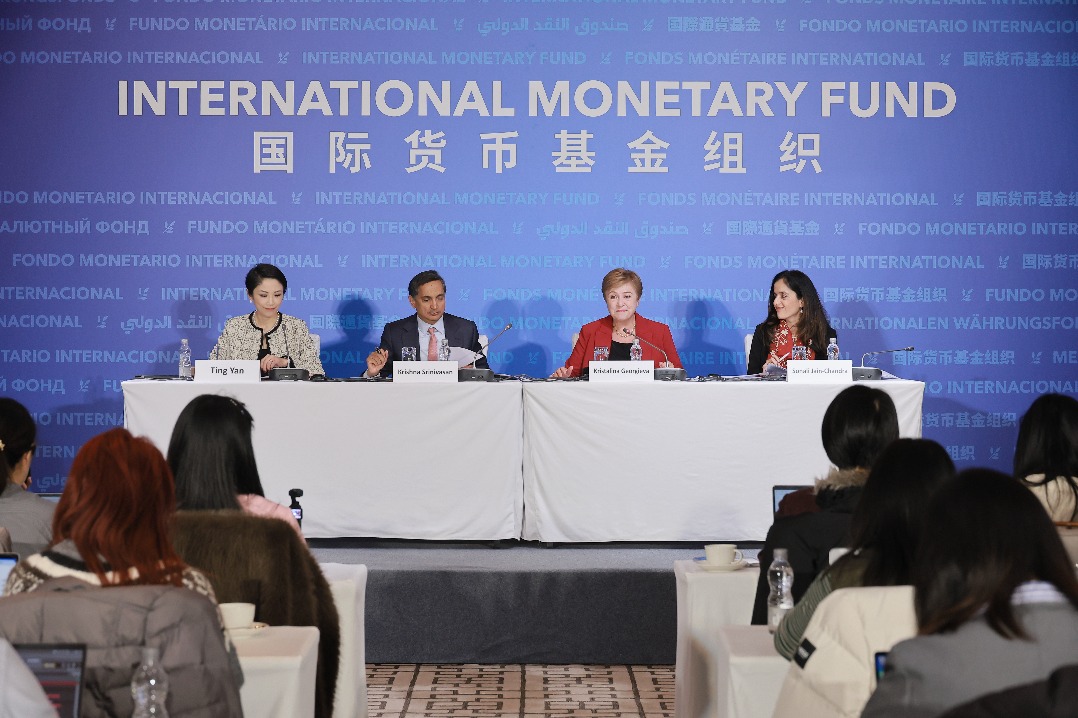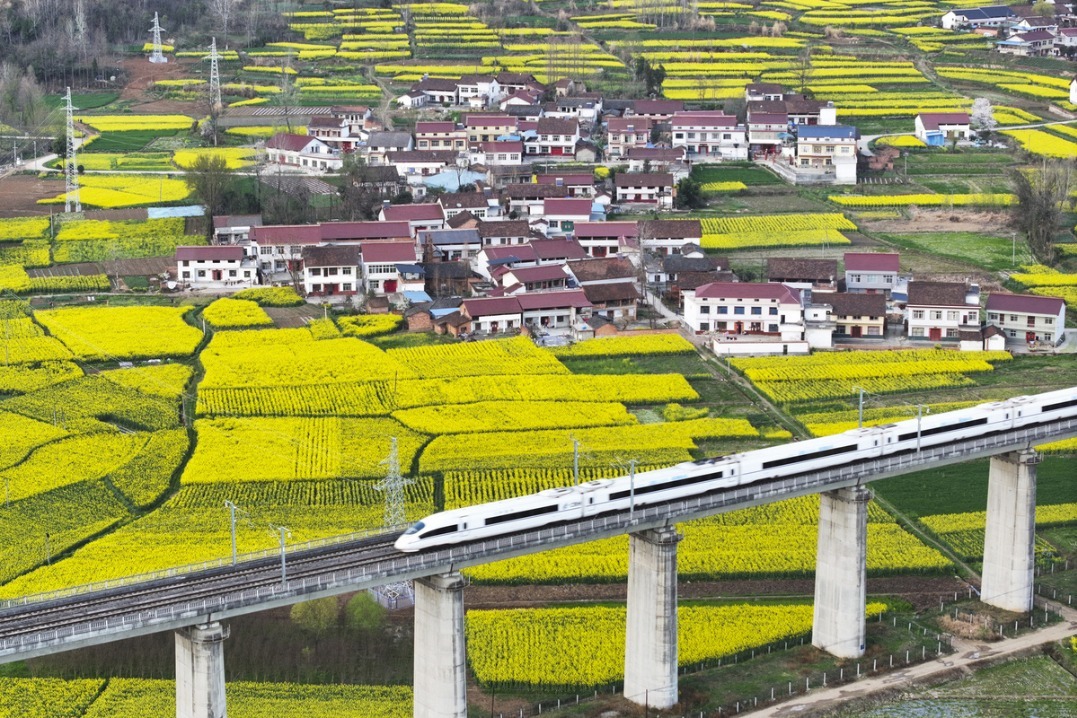No going back


Novel coronavirus epidemic will not reverse the trend of globalization
While the novel coronavirus outbreak has been largely contained in China, it has spread quickly across the world. This "black swan" event has put huge pressure on the global economy, seriously disrupting the global supply chain, industrial chain and value chain. As a result, it has raised doubts about the prospects for economic globalization.
In fact, the world economy and industries have been highly interconnected and interdependent. Take China for example. The Chinese trade volume accounts for 11 percent of the world total. As a key manufacturing center and supply chain hub, China sits at the downstream of the supply chain of developed economies, and at the upstream of developing economies, as evidenced by its high volume of trade in intermediate products. According to statistics released by the World Bank and the United Nation Conference on Trade and Development, nearly 200 economies import products from China, 21.7 percent of which are intermediate goods.
According to the UNCTAD, most countries in Asia-Pacific region, except Singapore, report a higher than 20 percent proportion of intermediate products in their total imports from China. Among them, Vietnam registers a 41.6 percent share of intermediate products in its total value of Chinese imports. For the Philippines, the share is 30.8 percent, for the Republic of Korea, 28.4 percent, and for Japan, 23.2 percent. For Australia, the figure is 26.7 percent and for the United States, 17.7 percent. The novel coronavirus epidemic has not only disrupted China's supply chain, but also caused ripples across the world. For instance, with auto parts manufacturers in China delaying their reopening and logistics restricted, major global auto makers such as Toyota, Hyundai and Fiat Chrysler, have suspended the operations of some production lines.
The Republic of Korea, Italy and Japan, which have also been hit hard by the virus, play important roles in the global supply chain, taking up respectively 3.8 percent, 2.7 percent and 2.9 percent in world trade. The US and Germany sit at the higher end of global value chain and supply chain, accounting for respectively 10.9 percent and 7.2 percent in global trade. They also face severe challenges from the fast-transmitting virus.
Given the key roles these countries play in the global supply chain, an escalating epidemic that gives rise to worldwide quarantining, suspension of production and trade restrictions, will seriously disrupt the global supply chain and halt international economic interactions and other exchanges. The World Trade Organization has predicted weakened trade activities globally in the months to come due to the epidemic.
The Organization for Economic Cooperation and Development has lowered its forecast for world economic growth from 2.9 percent to 2.4 percent. It has slashed the predicted growth rate of China from 5.7 percent to 4.9 percent, the US from 2 percent to 1.9 percent, the ROK from 2.3 percent to 2 percent, Japan from 0.6 percent to 0.2 percent and Italy from 0.4 percent to zero. And if the epidemic continues to spread around the world, the global forecast will be further cut to 1.5 percent.
But globalization is an irreversible trend, which is reflected in three aspects.
First, the epidemic's impact on the global supply chain will be temporary. The epidemic is an unexpected event that led to the loosening of some links in the global supply chain. It is an incident, rather than a systemic problem. Resumption of work and production has been carried out orderly in various sectors in China as the central government has now prioritized the reopening of leading enterprises to maintain the stability of the global supply chain. China sees the influence of epidemic as short-lived and limited. The global supply chain can be fixed quickly as long as the loosened links are fastened.
Second, the epidemic will not reshape the global supply chain. In the era of globalization, the international connections are unprecedented in scale and magnitude. The current global division of labor has formed based on the comparative advantages and supply chain efficiency of different countries, and is the strategic and long-term choice made by multinationals. Although surveys show the epidemic has prompted multinationals to reassess their supply chain, it will not lead to a complete reshuffling of the global supply chain.
Third, the resilience of the global supply chain will strengthen after the epidemic. When the epidemic ends, enterprises will invest more in automation, information technology and artificial intelligence to ride the new wave of the technological revolution. A global economy which is interconnected in a safer, more efficient and more stable way will thus be created. In the new form of globalization, the economy will be driven by modern information technologies such as 5G and AI. The post-epidemic world will remain an interlinked one.
The novel coronavirus is not a threat to any individual country, but to the whole world. Containing the virus requires the joint efforts of all countries. As President Xi Jinping said, China is willing to cooperate with the World Health Organization and the international community to safeguard the regional and global public health. Facing severe challenges from the epidemic, countries should overcome the difficulties hand-in-hand by enhancing collaboration on information exchanges, research, technical support and the supplies of protective materials. Only with the close cooperation of all countries can the world contain the spread of virus and ensure a sustainable and safe global supply chain, thus maintaining global economic growth.



































